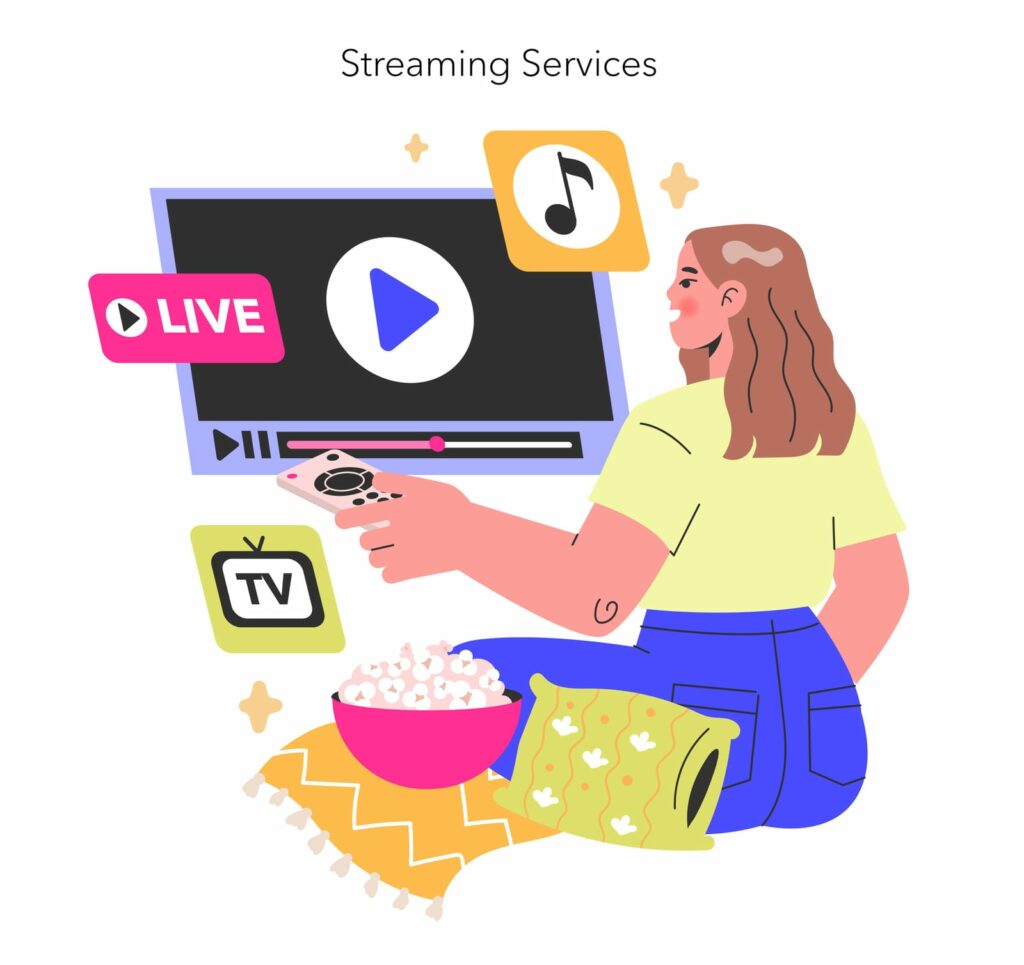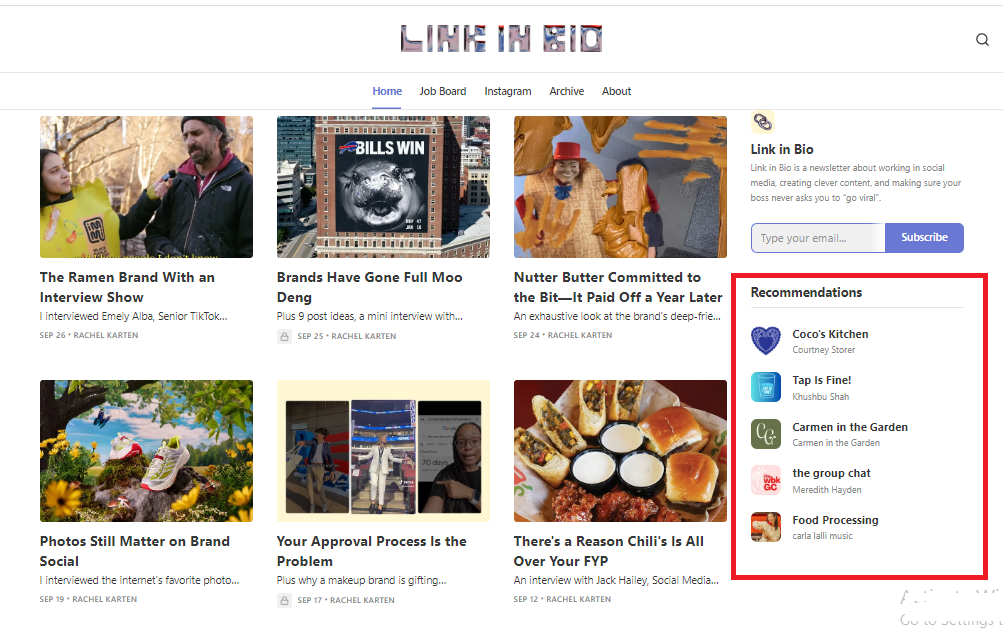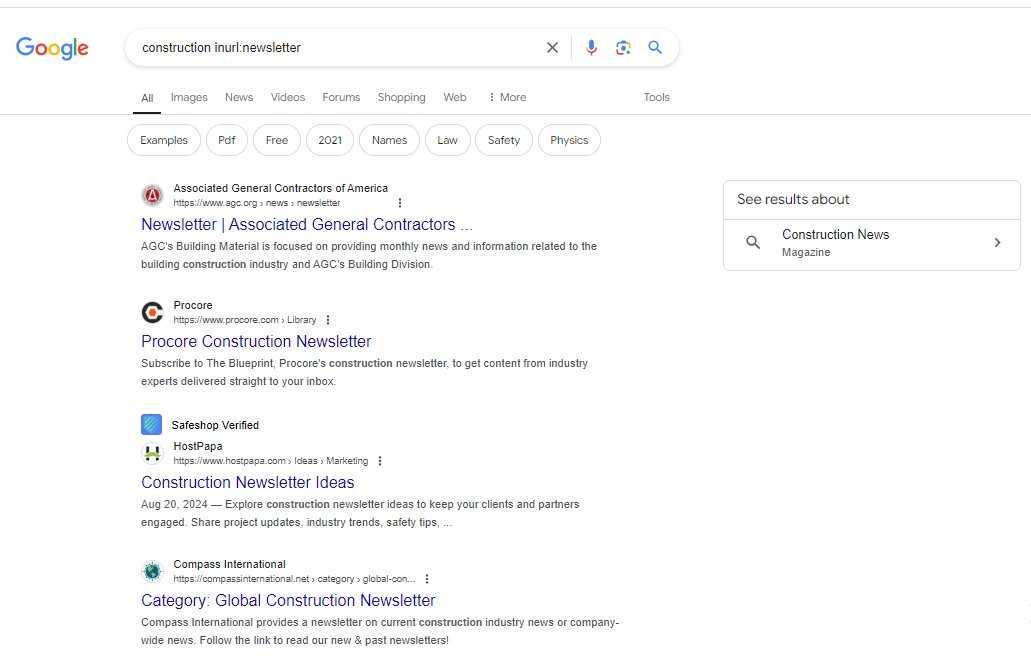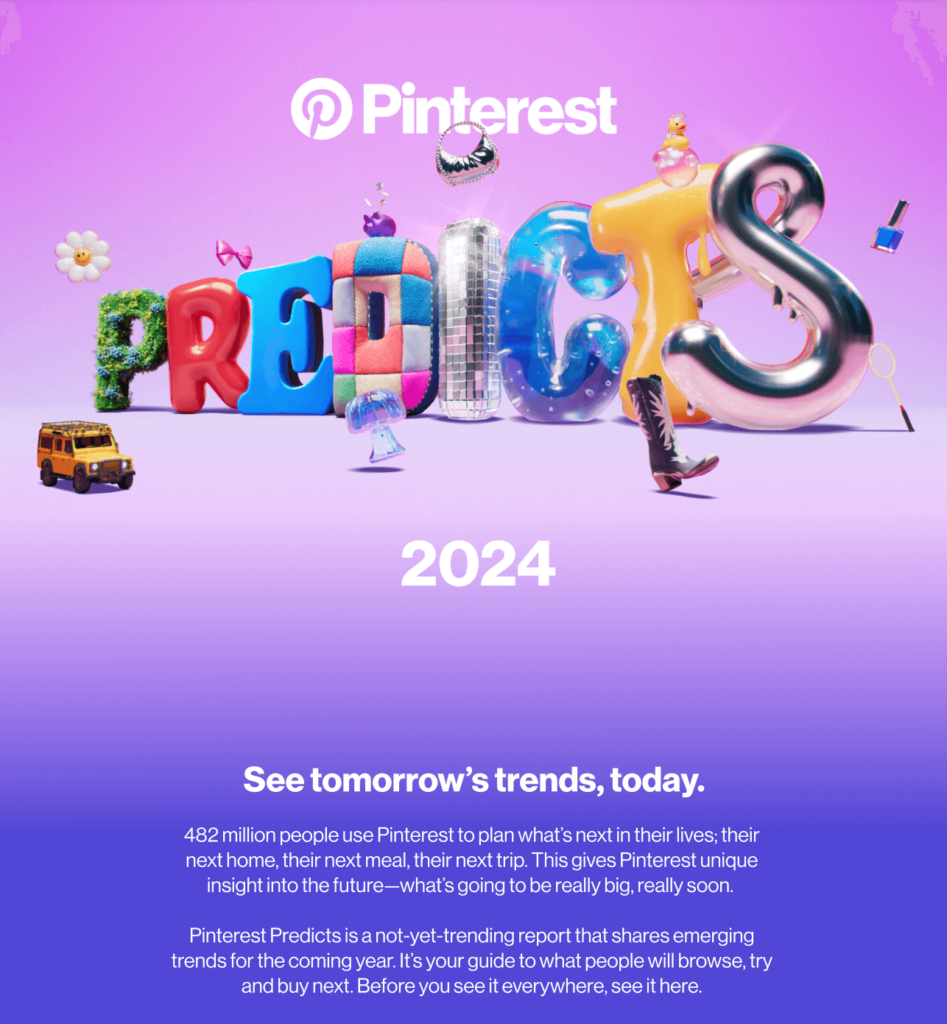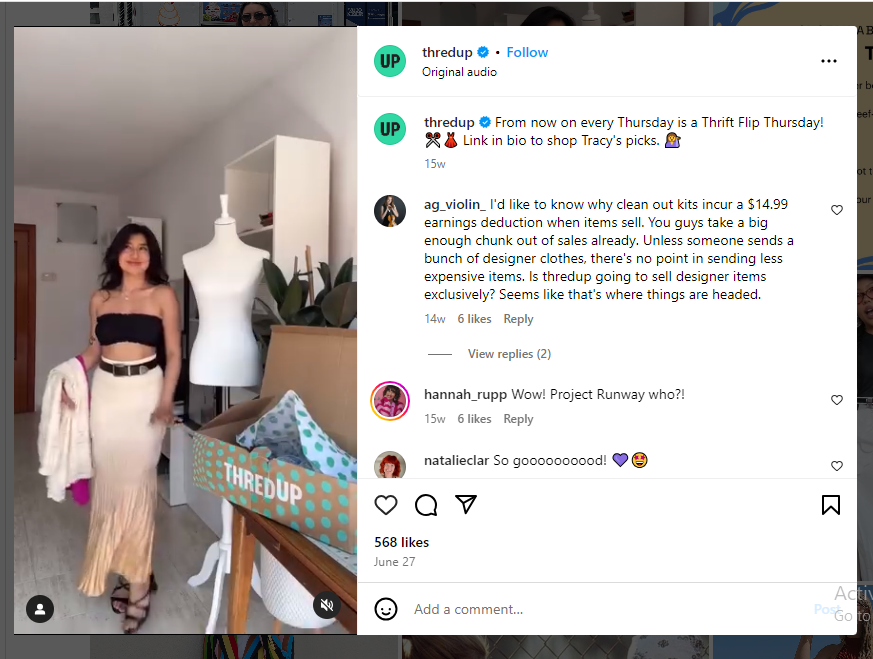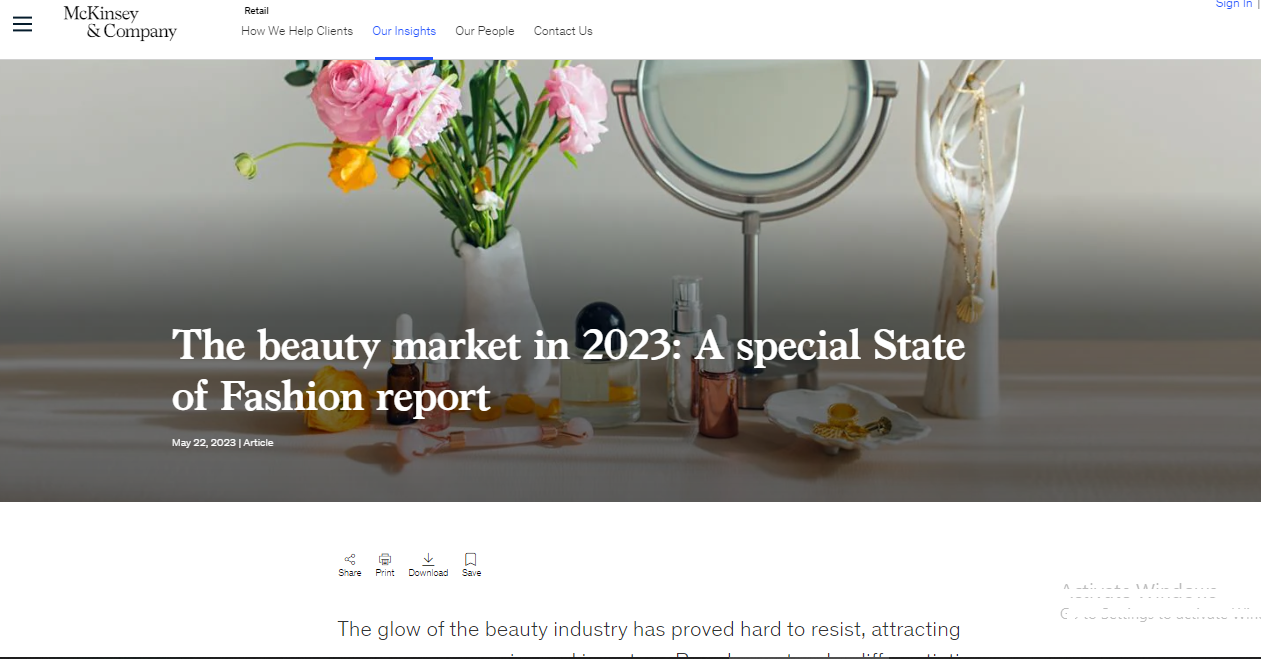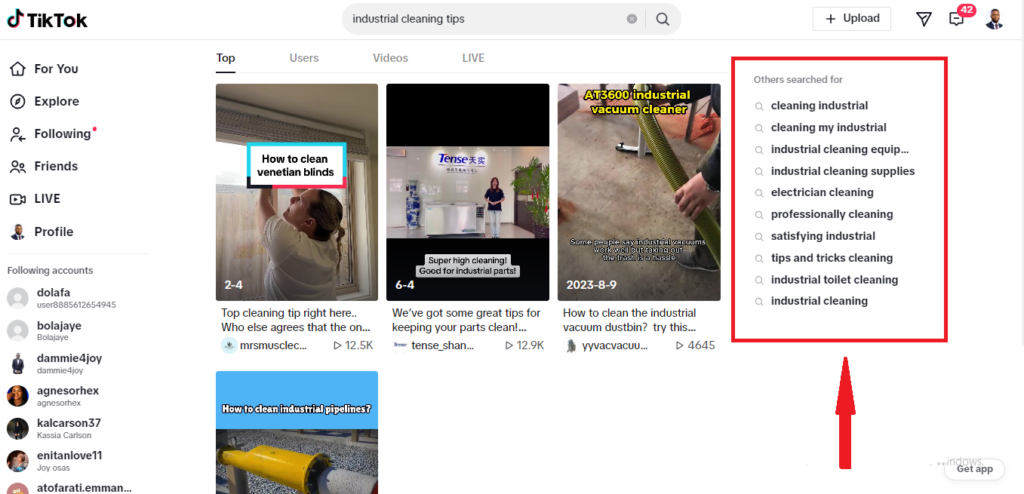How to Find Relevant and Fresh Content to Curate: Our Top 9 Content Curation Sources

Finding fresh and relevant content to curate can feel like being your audience’s personal algorithm.
You’re the one sorting through the noise, bringing them the best, most interesting stuff they didn’t even know they needed.
But here’s the big question – where do you find all that great content?
With so many sources out there and tons of marketers already curating, how do you stand out and offer something unique?
In this guide, we’re going to share our top 9 content curation sources for discovering fresh content that your audience will love. This is our way of helping you to continually win a big space in the hearts of your audience!
Table of Contents
Why You Can’t Rely on Content Curation Tools Alone
If you’ve been researching how to be an expert content curator, you’ve probably come across tools like Flipboard, Feedly, Curata, Scoop.it, or Upcontent.
These tools are great for helping you gather relevant information, but there’s one big issue – everyone is using them.
And if everyone is using the same tools, you’re not really delivering anything fresh or unique to your audience.
Here’s the thing: relying solely on these curation tools turns you more into a content aggregator than a curator. The former just collect information and share it as-is, like a simple retweet.
But a curator adds their own insight, connects dots, and brings their audience something more valuable, like a quote tweet that adds meaning or perspective.
Curation means you’re not just repeating what’s already out there – you’re adding to it, refining it, and presenting it with your own touch.
To become truly successful at content curation, you need to develop two key skills:
- Spotting trends and seeing patterns
It’s easy to share the latest article or breaking news, but a great curator can go deeper.
You’ll need to be able to recognize patterns across a sea of information and pick up on trends before they become mainstream.
This means looking beyond the surface and connecting dots that others miss. By doing this, you’re not just sharing information; you’re providing insight that others might overlook.
- Finding what others miss
Let’s face it; plenty of people are using content curation tools to highlight the same pieces of information. What sets you apart is your ability to dig deeper.
You need an eye for discovering content that’s flying under the radar – those hidden gems that others simply scroll past.
Using more authentic, less popular sources and paying attention to what others miss will help you establish yourself as a thought leader in your field.
Now, don’t get discouraged. Content curation isn’t magic, and you don’t need special powers to become an effective curator.
What you do need is a thoughtful strategy and the right mix of sources.
The next section will reveal 9 content sources that will help you build a curation process that’s easy to manage yet highly impactful. Just keep reading!
Top 9 Content Curation Sources
Niche News Outlets
These outlets are goldmines of in-depth, specialized content that often go beyond mainstream media coverage. The goo thing about this is that there is no shortage of them.
For example, while big publications like TechCrunch cover broad tech topics, outlets like Modern Retail dive deep into specific industries like retail.
That means you will always find niche news outlets that cater for your specific niche interests and topics.
To find niche news for your area, a quick Google search will help. Just type “[your niche] industry news” into the search bar and watch how the result will come back with multiple publications.
For instance, if you are in the construction industry, type in “construction industry news” to see relevant news outlets.
Industry-Specific Email Newsletters
Industry newsletters are perfect for finding shareable, insightful content.
From popular newsletters like Link in Bio (for social media insights) to niche ones like ICYMI (for influencer marketing), there’s no shortage of valuable info delivered right to your inbox.
Annie Mae’s Social Media Tea and Rachel Karten’s Link in Bio are great places to look when you are on your toes for good newsletters for the social media world. And if you are in the creator economy, you might want to check out The Publish Press’s newsletter.
Find these newsletters by searching Google using terms like “[your niche] inurl:newsletter ”. You can also stumble upon great recommendations through social media or Substack’s newsletter suggestions.
Keep a separate inbox for these, so your curation sources are always easy to access without cluttering your main email.
Social Media Trends Reports
The amazing thing about this is that many social media networks often release trends they are witnessing on their platform to help content curators create relevant content.
Platforms like Pinterest and TikTok release annual trends reports, offering a sneak peek into what’s going to be hot in the upcoming year.
These reports aren’t just for inspiration – they can also guide you in curating content that’s already trending, ensuring your posts stay relevant.
For real-time trends, check out Instagram’s trending Reels section to discover what’s currently resonating with users.
User-Generated Content (UGC)
Your audience is constantly creating content related to your brand – why not let them help you curate?
User-generated content is a fantastic way to showcase real customer experiences while providing authentic testimonials you can use to create sharable social media posts.
Thredup, for instance, do this in a really unique way. From time to time, the brand shares clothes drifted by their customers on their feed. They then encourage their followers to check the same pieces on their website.
Keep track of brand mentions and tags using social media monitoring tools, so you never miss a post where your product is featured.
UGC doesn’t just create engagement; it also strengthens your connection with your community.
Industry Reports
While social media trend reports provide valuable general insights, industry-specific reports offer deep dives into niche markets.
These reports, from companies like McKinsey or Clarkston Consulting, provide critical data on industry trends, customer behavior, and market forecasts.
Sharing relevant stats or infographics from these reports adds authority to your curated content and provides useful, data-driven insights for your followers.
If you are in the skincare industry, for example, a quick Google search like “skincare industry trends report” can uncover a treasure trove of reports specific to your field.
Your For You Page (FYP)
The For You Page (FYP) isn’t just a TikTok phenomenon – it’s a concept that applies across most social media platforms, where algorithms curate personalized content based on your activity and preferences.
This feed, tailored to your interests, can be an absolute goldmine for finding fresh content to curate.
By spending time on your business accounts, interacting with posts related to your niche, your feed will naturally begin recommending similar content.
For example, if you often watch or engage with self-improvement videos, you’ll start seeing more of that type of content. This curated feed presents you with relevant, trending content that your audience might not have discovered yet.
Instead of just resharing, take it a step further – add your insights or experiences. This is called Stitching on TikTok, Remixing on Instagram Reels, and Reposting (formerly Quote Tweet) on X (formerly Twitter).
Your FYP is also great for finding content you can react to, whether it’s jumping on trends, testing viral industry hacks, or collaborating with other creators.
Think of it as a tool to spark your own content ideas, embellished with your expertise, creating something unique while riding the wave of what’s already trending.
Hashtags and keywords are like treasure maps for discovering content within your niche.
Think of them as an extension of your FYP, but instead of waiting for content to come to you, you go after it.
Platforms like TikTok, Pinterest, YouTube, and even Instagram have powerful search engines that help you find popular posts using specific keywords or hashtags.
TikTok’s SEO is particularly impressive – it’s almost like a mini-Google. Just type in relevant keywords, and a flood of popular posts on that topic will appear, giving you endless content ideas.
The same goes for Pinterest and YouTube, while Instagram’s search engine is quickly catching up.
One smart way to make the most of this tool is by checking out the “Related” or “Others searched for” sections. These features can open the door to even more relevant content and trends you hadn’t considered.
You can also use the “Accounts” tab on platforms like TikTok and Instagram to find creators discussing the keywords you searched for, making it easy to keep tabs on what’s buzzing in your industry.
Niche Blogs, Opinion Pieces, and Podcasts
Every niche has its experts – those who are always ahead of the curve, sharing deep insights, hard-earned lessons, and thoughtful opinions.
These industry leaders often write blogs, opinion pieces, and host podcasts that provide a wealth of content for curators like you.
Newsletters and news outlets might occasionally spotlight them, but to get the real, consistent value, you need to find these thought leaders yourself.
For example, someone like Wes Kao has made a name for herself in career development and management. Her newsletters and content offer original insights that can be invaluable for anyone in that space.
Similarly, niche podcasts like Content, Briefly are fantastic for content marketers looking for new ideas. As you listen to these podcasts or read these blogs, you’ll start discovering new voices and ideas that can inspire your content curation.
Relevant Communities
Communities are where the real conversations happen. Whether it’s a subreddit, Slack channel, Twitter list, Discord server, or LinkedIn group, communities offer a wealth of shared advice, experiences, and resources that you can curate and share with your audience.
To find these communities, search for groups related to your niche. A quick Google search like “[your niche] communities” will point you toward active groups.
Join a few and get a feel for the discussions happening. Stay in communities where meaningful and frequent conversations take place and leave the ones that aren’t as engaging.
And don’t forget about Reddit – there’s likely a subreddit for almost every niche imaginable (even some quirky ones like r/onionhate that is absolutely dedicated to the hatred of onions).
Important Things You Shouldn’t Forget When Curating Content
As you dive into curating content, here are a few key things to keep in mind to ensure your curation stands out:
Always Credit the Original Source
When you curate content, it’s crucial to give credit where it’s due. Tag or mention the original creator, whether it’s an article, a social media post, or a podcast.
This not only keeps you ethical but also builds trust with your audience and potential collaborators.
Add Your Own Insights
Curation isn’t just about sharing – it’s about adding value. Don’t simply repost content; add your own take.
Share your perspective, offer commentary, or highlight key takeaways. This makes the content more personalized and relevant to your audience.
Stay Relevant to Your Niche
It’s tempting to curate every cool thing you come across, but make sure it aligns with your audience’s interests and your brand.
Stay focused on your niche to ensure the content you share is valuable to your followers and helps strengthen your authority in that space.
Keep an Eye on Freshness
Ensure the content you curate is up-to-date. Outdated information can harm your credibility, so double-check publication dates or make sure the content is still relevant before you share it.
Final Note
Choosing unique sources for content curation is key to standing out in a sea of similar posts.
It allows you to offer fresh, valuable insights that your audience can’t find elsewhere. This makes your curation more impactful and engaging.
In this guide, we have shared with you our top sources for content curation. Leverage them to start curating content that truly resonates with your audience and sets you apart as a thought leader in your niche.
Now is the time to take action – explore these sources, get creative, and start curating content that will keep your followers coming back for more.
